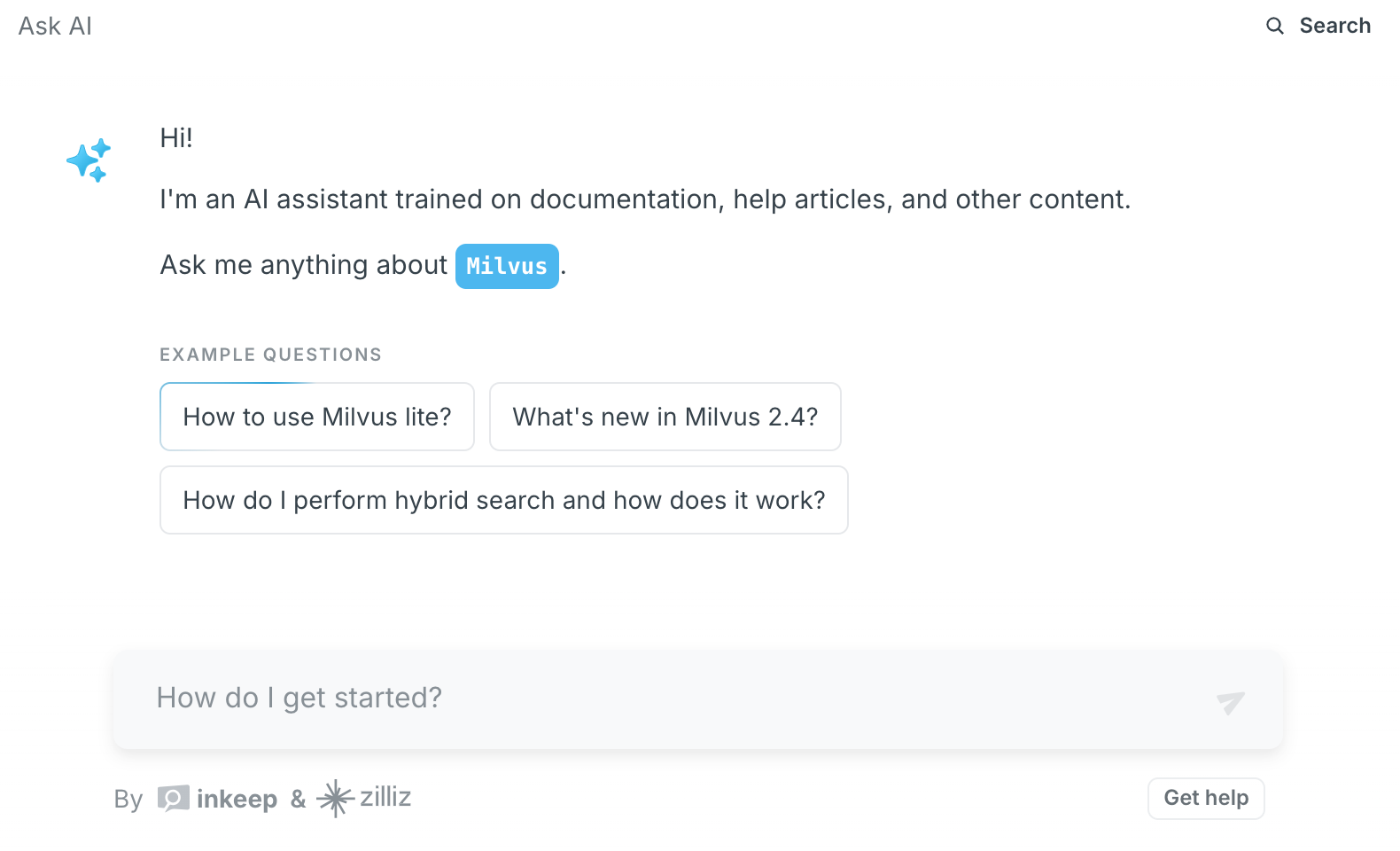Cross-encoder re-rankers and bi-encoder embedding models are pivotal components in modern retrieval systems, particularly in scenarios involving vector databases. To understand their complementary roles, it’s essential to first grasp the foundational mechanics of each model.
Bi-encoders are typically used to encode both queries and documents separately into high-dimensional vectors in a vector database. This approach allows for efficient retrieval, as it facilitates the pre-computation of document embeddings, enabling rapid similarity searches using algorithms such as approximate nearest neighbor (ANN) search. The bi-encoder’s strength lies in its scalability and speed, making it ideal for retrieving a broad set of candidate documents or items that are relevant to a given query.
However, the bi-encoder model’s strategy of processing queries and documents independently can lead to a loss of nuanced contextual understanding. This limitation arises because the model does not consider the interaction between the query and the document in a joint manner, which can sometimes result in suboptimal ranking of the retrieved items. This is where cross-encoder re-rankers come into play.
Cross-encoders enhance this system by evaluating the interaction between each query-document pair directly. Unlike bi-encoders, cross-encoders process the query and the document together, allowing them to capture intricate contextual relationships and dependencies. This direct interaction provides a more precise relevance score for each pair, which significantly refines the initial list of results generated by the bi-encoder.
The integration of a cross-encoder re-ranker is particularly beneficial in applications where accuracy and precision are critical, such as personalized search, question answering, and recommendation systems. By re-ranking the top candidates from the bi-encoder stage, cross-encoders ensure that the most contextually relevant results are prioritized, effectively bridging the gap left by the initial embedding model.
In summary, while bi-encoders excel in efficiency and scalability, they may fall short in capturing detailed interactions between queries and documents. Cross-encoders complement this by providing a second layer of evaluation that enhances the quality of retrieval through context-aware re-ranking. This dual-model strategy leverages the strengths of both approaches, resulting in a more effective and nuanced retrieval process.
